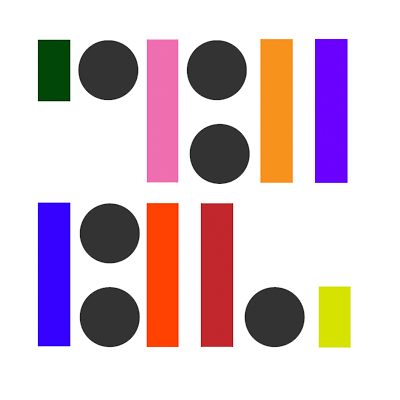mario mu on performative art practice, connection offscreen, and how we’re all little red riding hood
Artist and technologist Mario Mu is leading our January 2019 Berlin-based workshop, Real and Present: Performativity and Technology as Painting Practice. We asked him about how a performative art practice and help tech people learn to be more artistic and creative, and how engaging with digital mediums like 3D modelling can help artists working with more physical media more deeply explore ideas.
“A lot of the frustration with technology comes from all the distractions embedded within. People now feel like a Little Red Riding hood lost in the forest, where every message and suggestion seems like a new opportunity, but it only takes you closer to the wolf.
The right solution is to understand that the individual needs aren’t separated in any way from the social realm. The performative practice of doing something together in a physical space can produce a sense of solidarity which always accelerates the creative potential for the change of our personal perspective.
In the workshop, people will learn how to make 3D models, and then share their own creative inventions with others to make paintings. In this process, the best results come whenever there’s some sense of play in what people are doing together, and then lateral thinking brings a whole other dimension to the creative act.
As we all know very well, the social component of the digital era got corrupted with the corporate-driven algorithms that are doing their best to tailor all our paths according to a bigger picture which we cannot perceive. And there’s also the aspect of self-regulation, and how people struggle to fit into the scheme even if it doesn’t bring them any good in the long term.
Most of the time, we feel stuck whenever our addictive behaviours become the main part of the game. Moreover, when our habits turn into addictions the process is highly affected by the fundamental need for social belonging. Behind the screens, our lives are intertwined with other lives; we share this form of togetherness with all other people that we do not even know.
I believe there are many people out there who want to get off their screens as much as possible, but the question is, “What to do then?” That’s the exciting part of the creative process — time is created, rather than consumed. The time we give ourselves to live beyond the screen implies encountering all those aspects of our being which don’t work in the automated mode.
Artistic practice in general can help a lot if we’re able to see art as a social tool. However, you don’t have to be a social justice warrior to be a contemporary artist. Whenever we’re able to overcome the notion of art being just a self-serving practice, the artistic need for self-expression becomes more explicit and unreserved. In this way, art involves a greater amount of dialogue that’s valuable to the all parties involved in the process.
The workshop will help participants to learn the all-important skills of 3D modelling and painting. For example, a 3D model created in the workshop might be a game avatar or any other visual form that represents the idea which we’d like to explore. In the interaction with the models made by other participants, people will be able to see their own 3D creations transformed in the fourth dimension, which is time that we all share.I think the best way to go is to not make strong distinctions between the online and offline practice. My experience in gaming comes from the LARP games (live action role-playing) — as well as video games — and they influence my practice as a visual artist working with tangible materials. This approach gives more space for inclusivity and spontaneous decisions, unconstrained with the nature of every specific medium.
Following the principles of collage, individual contributions will help the workshop’s group dynamics evolve through sharing creations in multiple ways. The constant exchange of the visible 3D forms will result in unexpected mutations and innovations, therefore personal perspectives will advance in a collaborative way.
As a conclusion, the paintings that every participant will make in the second part of the workshop will again be their own personal argument in a dialogue created during the time spent together. The exchange of many different ideas and opinions should be a possibility for the creation of new connections after the workshop is finished.
One starting idea can transform multiple times while travelling through different mediums, so it’s very important to know what we want to achieve, or where we want to go. All participants in the workshop will be encouraged to explore ideas which are important to themselves, and to see what could they do with this in a different context then the one where it is usually happening. With other people around who can help them communicate their ideas clearly, people always feel encouraged and unconstrained to do this in all other situations as well.”
Real and Present: Performativity and Technology as Painting Practice runs on Saturdays from January 19-Feb 9 from noon-4pm at School of Machines, Making & Make-Believe, Veteranenstraße 21, Berlin.

